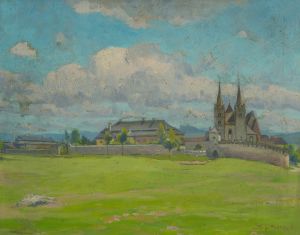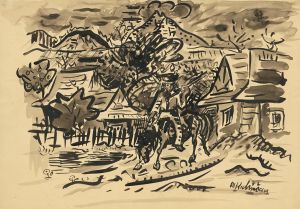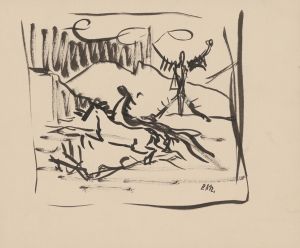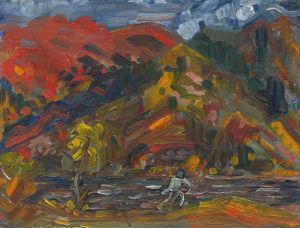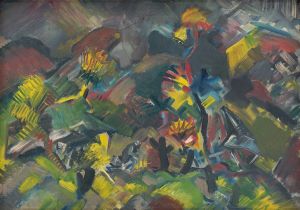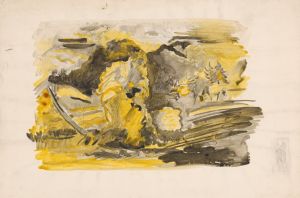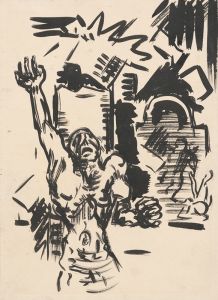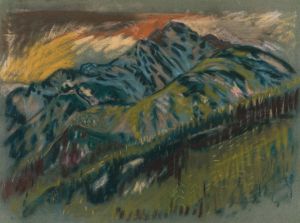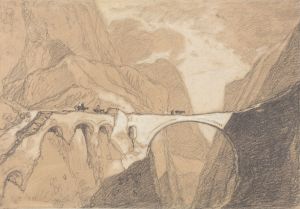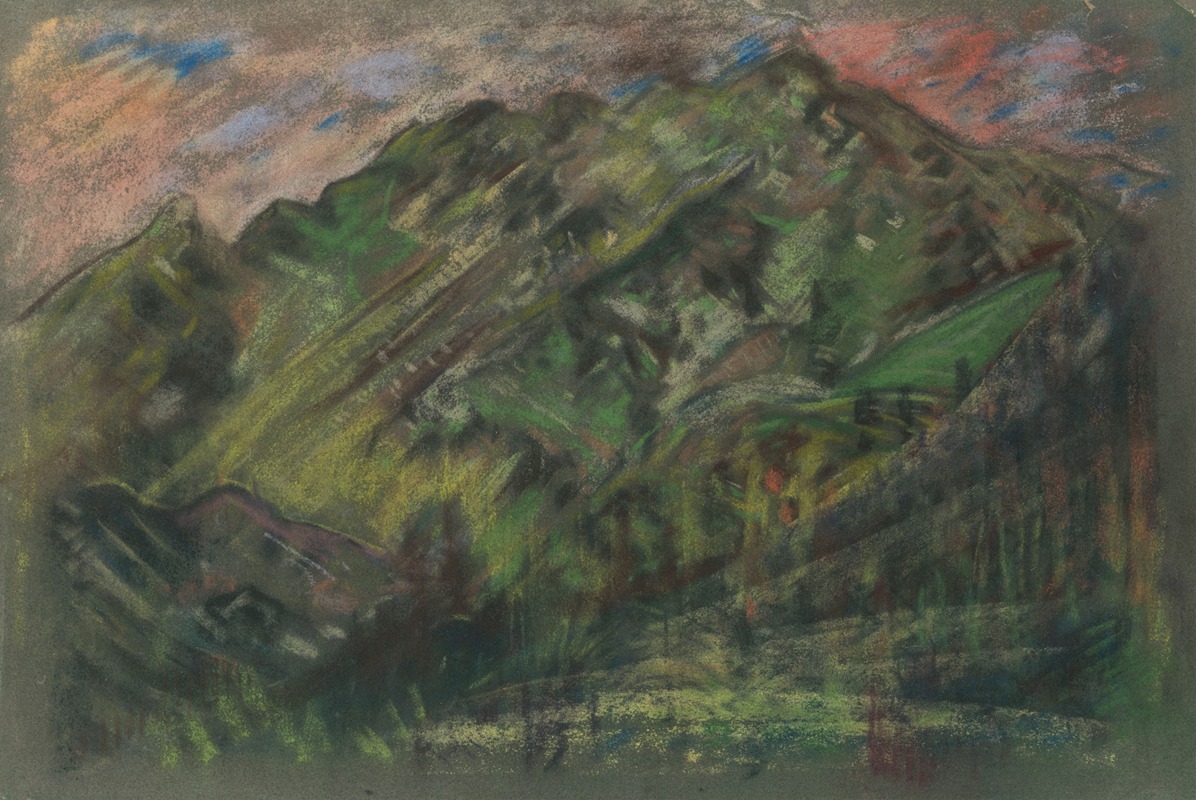
Motif from the High Tatras
A hand-painted replica of Arnold Peter Weisz-Kubínčan’s masterpiece Motif from the High Tatras, meticulously crafted by professional artists to capture the true essence of the original. Each piece is created with museum-quality canvas and rare mineral pigments, carefully painted by experienced artists with delicate brushstrokes and rich, layered colors to perfectly recreate the texture of the original artwork. Unlike machine-printed reproductions, this hand-painted version brings the painting to life, infused with the artist’s emotions and skill in every stroke. Whether for personal collection or home decoration, it instantly elevates the artistic atmosphere of any space.
Arnold Peter Weisz-Kubínčan was a Slovak painter known for his contributions to modern art in the early 20th century. One of his notable works is "Motif from the High Tatras," which captures the essence of the High Tatras mountain range, a prominent feature of the Slovak landscape. This painting is a testament to Weisz-Kubínčan's ability to blend natural beauty with his unique artistic style.
The High Tatras, part of the Carpathian mountain range, are renowned for their stunning vistas and diverse ecosystems. They have long been a source of inspiration for artists, poets, and nature enthusiasts. Weisz-Kubínčan's painting reflects the dramatic scenery of these mountains, characterized by their rugged peaks, deep valleys, and pristine natural environment.
Weisz-Kubínčan was born in 1898 in the town of Dolný Kubín, which is situated near the High Tatras. His proximity to these mountains likely influenced his artistic vision and provided him with ample opportunity to study their forms and colors. Throughout his career, Weisz-Kubínčan was associated with the avant-garde movement, and his works often exhibit a modernist approach, characterized by bold colors and abstract forms.
"Motif from the High Tatras" exemplifies Weisz-Kubínčan's modernist tendencies. The painting does not aim for photographic realism but rather seeks to capture the emotional and atmospheric qualities of the mountains. Through his use of color and form, Weisz-Kubínčan conveys the majesty and mystery of the High Tatras, inviting viewers to experience the landscape through his eyes.
The painting is notable for its dynamic composition and vibrant palette. Weisz-Kubínčan employs a range of colors to depict the interplay of light and shadow across the mountainous terrain. The use of bold, expressive brushstrokes adds a sense of movement and energy to the scene, suggesting the ever-changing nature of the mountains.
Weisz-Kubínčan's work, including "Motif from the High Tatras," is significant not only for its artistic merit but also for its cultural importance. It reflects a period in Slovak history when artists were exploring new forms of expression and seeking to establish a distinct national identity through art. The High Tatras, as a symbol of Slovak natural heritage, provided a fitting subject for this exploration.
Unfortunately, Weisz-Kubínčan's career was cut short by the tumultuous events of World War II. As a Jewish artist, he faced persecution under the Nazi regime, and his life ended tragically in 1945. Despite the challenges he faced, his work continues to be celebrated for its innovative approach and its contribution to Slovak and European art.
Today, "Motif from the High Tatras" is appreciated by art enthusiasts and historians alike for its artistic and historical significance. It serves as a reminder of the enduring power of nature to inspire creativity and the resilience of artists who strive to capture its beauty, even in the face of adversity. Weisz-Kubínčan's legacy lives on through his paintings, which continue to inspire and captivate audiences around the world.







